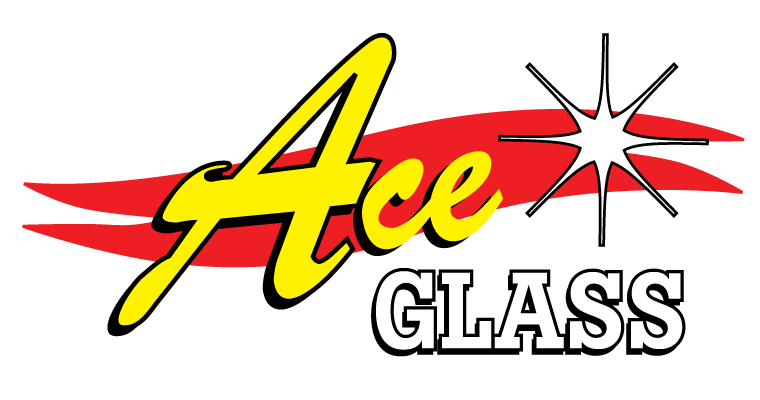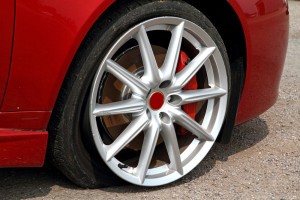Tire pressure is basically the level of air in your tires, and is measured in pounds per square inch. A pressure gauge is the instrument used to check tire pressure, which should be done monthly or more frequently. Maintaining the right level of tire pressure is crucial for the safety and upkeep of your vehicle, and is the next most important part of your vehicle after the brakes. Driving with under inflated tires could cause a host of issues including reduced fuel economy, poor vehicle handling, increased wear and tear of the tires and possibly a blowout. By not checking your tires you are affecting how safe your car is on the road! As you can see, we at Ace Glass in Richmond, Virginia, we know more than just rock chip repairs! We have lots of tips on general car safety in addition to our windshield replacement and glass services.
If the tire pressure is too high, your vehicle will tend to bounce of the road owing to the fact that less of the tire reached the road. And when your tires do not get a firm grip of the road, you experience poor traction and comfort. Contrarily, low tire pressure means that more of the tires touch the road, which increases friction between the tires and road resulting in premature wear and tear. Adding to this, it may also lead to overheating and consequently a nasty accident.
You should check your tire pressure regularly even if you feel they are perfect. Reason being that the pressure of your tires tends to change with outdoor temperature. Tire pressure loss is calculated at 1 pound per square inch per 10 degree drop in outdoor temperature. This means that if you last checked your tire pressure in June when it was 80 degrees outside, and check them six months later when it is minus 20 degrees, you may very well be under-inflated by more than 10 pounds, which is extremely dangerous.
What is the right Tire Pressure?
Many individuals replenish tire pressure according to the pressure listed on the tires themselves. This is probably the biggest mistake motorists make as the pressure listed on the tire is the maximum allowable tire pressure and not the manufacturer’s recommended tire pressure. A point to note is that the recommended tire pressure for your vehicle will always be lower than the one engraved in your tires. The correct tire pressure for your vehicle is listed in your owner’s manual and also labels on the doorjamb.
How to Refill Tire Pressure?
There are two ways to replenish tire pressure, one is to buy a portable air compressor form your auto parts store and next is simply to visit a garage or petrol station. Garages and petrol stations may charge a nominal fee to check your tires with their air compressor unit, which is definitely worth every penny. When you do check our tire pressure, ensure that you check all four tires and the spare tire in the trunk.
If you’re tires are running smoothly or newer, make it habit to check them regularly. Most garages will check tire pressure at no additional costs during scheduled maintenance, and they have an accurate gauge so you can rest assured that your tires are safe when you drive out of the garage.

